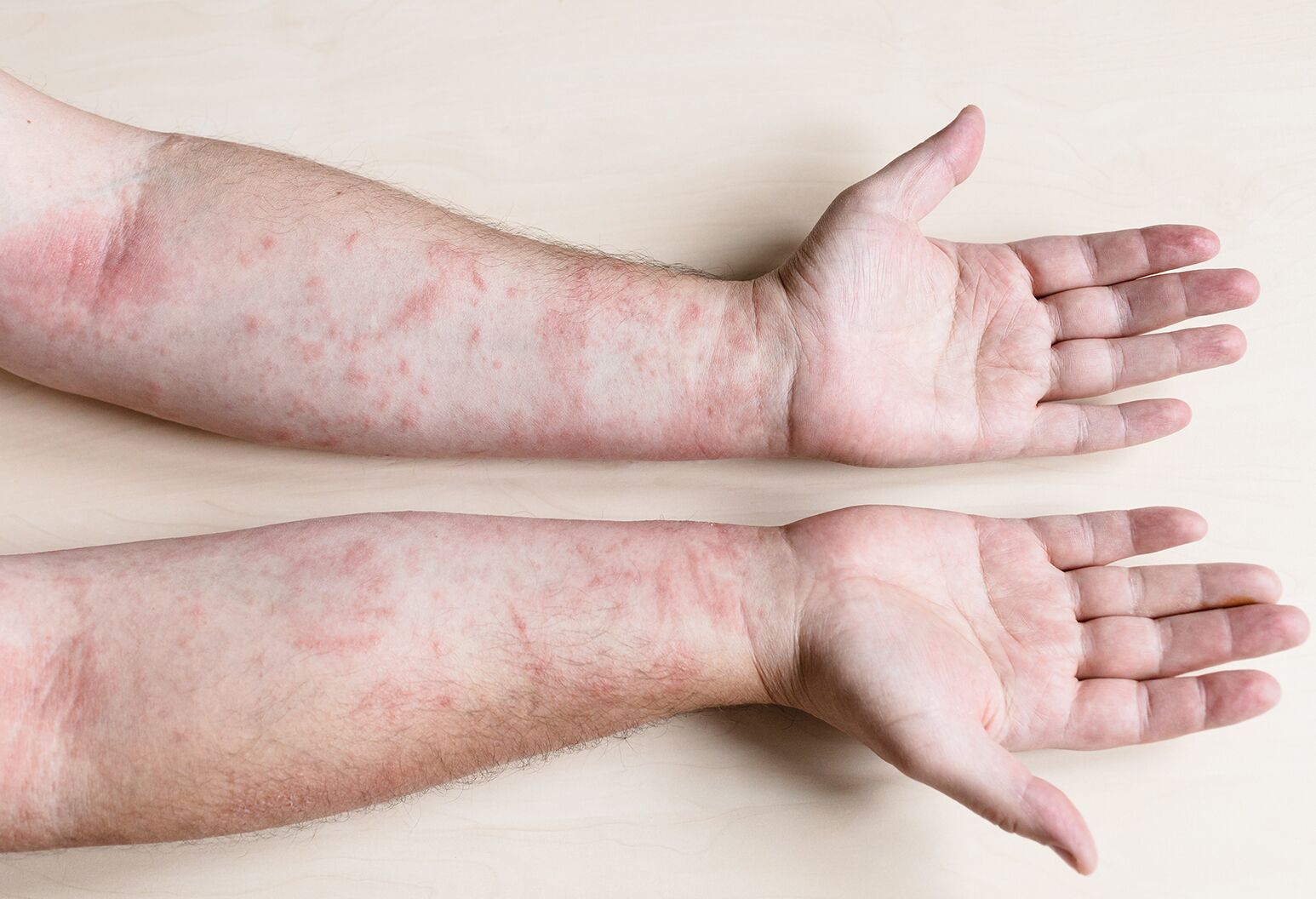What Causes Skin Rash in Toddlers and How to Treat It
Rashes are common among toddlers and can develop for a variety of reasons, from minor irritations to infections.
While most rashes are not serious, understanding the cause is important for effective treatment and your child’s comfort.
Knowing when to treat a rash at home versus when to seek medical care can make a big difference in recovery.
Here’s a closer look at what causes skin rash in toddlers and how parents can treat them safely.
Common Causes of Skin Rash in Toddlers

-
Diaper Rash
Frequent exposure to wet or soiled diapers can irritate a toddler’s sensitive skin, leading to redness, bumps, and soreness.
Diaper rash is particularly common during teething or after antibiotic use. -
Heat Rash
Also called prickly heat, this rash occurs when sweat gets trapped in the skin’s pores.
It typically appears as small red bumps on the neck, shoulders, or chest in hot, humid weather. -
Allergic Reactions
Contact with allergens like certain foods, soaps, lotions, or laundry detergents can cause hives or eczema flare-ups in toddlers.
-
Viral Infections
Some viruses, such as roseola or hand, foot, and mouth disease, cause rashes along with fever or other symptoms.
These rashes often resolve as the virus runs its course. -
Bacterial Infections
Conditions like impetigo, a contagious skin infection, cause red sores that can rupture and form a crust.
Bacterial rashes often require antibiotic treatment.
Effective Treatments for Toddler Rashes
-
Keeping the Skin Clean and Dry
For diaper rash and heat rash, gently clean and pat the skin dry.
Letting the skin breathe can speed healing. -
Using Barrier Creams and Moisturizers
Diaper creams containing zinc oxide and fragrance-free moisturizers can protect the skin and reduce irritation.
-
Applying Anti-Itch or Anti-Inflammatory Creams
Over-the-counter hydrocortisone creams or prescribed treatments may be used for allergic rashes or eczema under a doctor’s guidance.
-
Managing Allergens
If an allergy is suspected, identifying and removing the allergen can prevent future rash flare-ups.
Hypoallergenic products are often recommended. -
Seeking Medical Care When Needed
If a rash is accompanied by high fever, spreads rapidly, causes significant pain, or oozes pus, it's important to consult a pediatrician for diagnosis and treatment.
